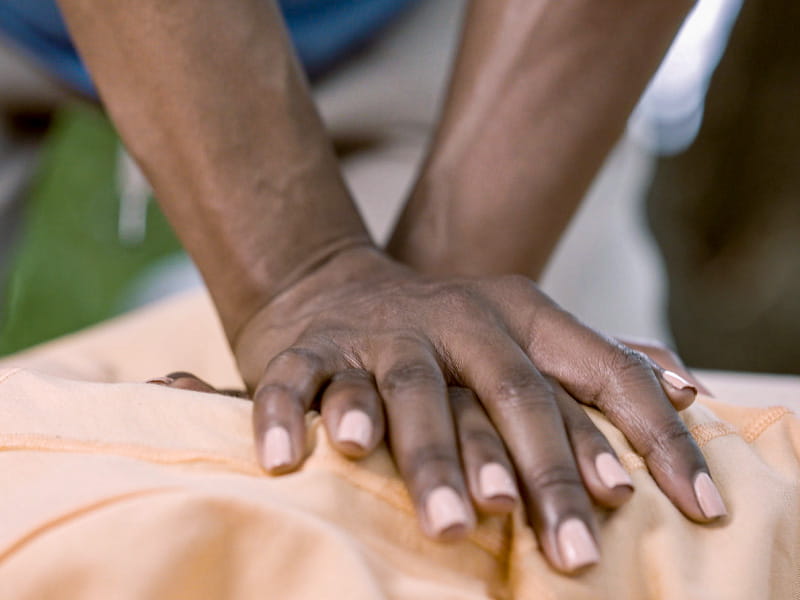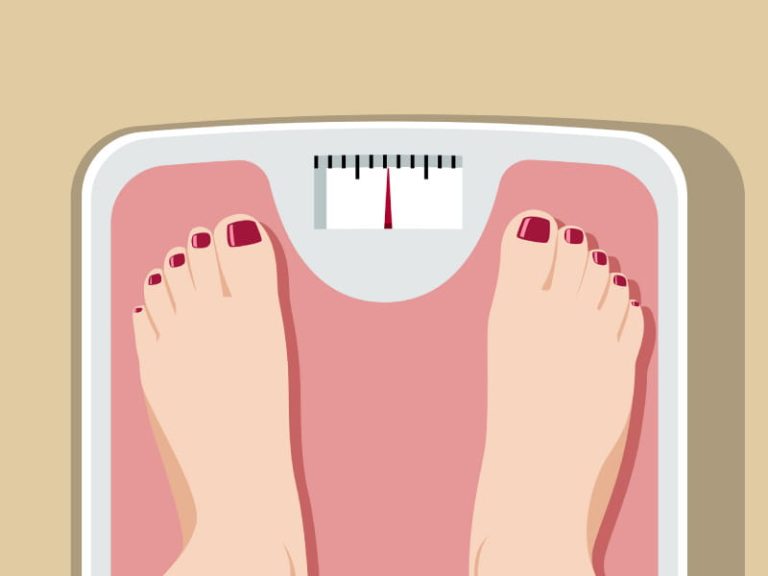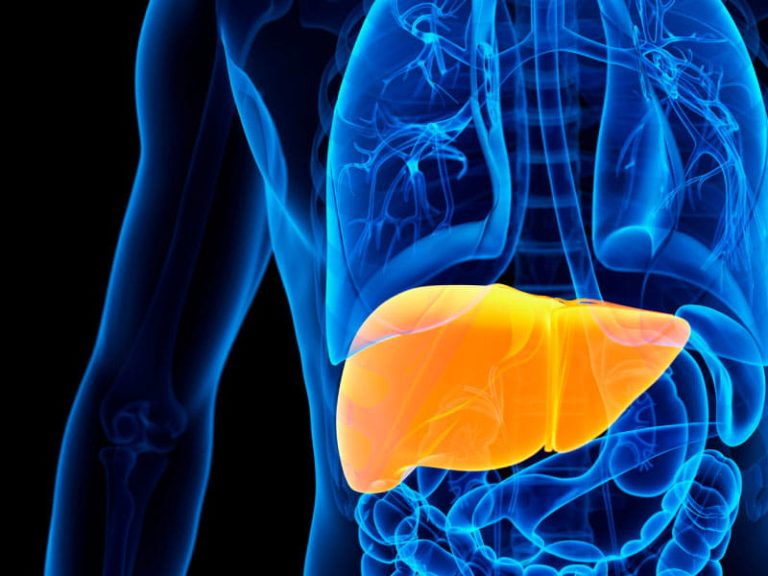What are the death statistics for cardiac arrest?
What are the death statistics for cardiac arrest? Cardiac arrest deaths have dropped considerably within the U.S., besides in Black and rural communities, in response to new analysis.
Cardiac arrest is when the center stops beating unexpectedly. A coronary heart assault can set off cardiac arrest, however so can different coronary heart and non-heart points. Increased bystander CPR charges and improved cardiovascular care have saved lives, however cardiac arrest was nonetheless an element in additional than 370,000 deaths in america in 2019.
For the brand new research, researchers checked out developments to pinpoint who was most certainly to die of cardiac arrest, each out and in of the hospital. Utilizing information from the Facilities for Illness Management and Prevention and adjusting the statistics for age, they discovered a gentle total drop of greater than 40% within the charge of cardiac arrest deaths, from 7.7 deaths per 100,000 folks in 1999 to 4.4 in 2020.
The 21-year common for all racial teams was 4.9 cardiac arrest deaths per 100,000 folks. The common annual decline for everybody was 2.4%, the research discovered.
Researchers then appeared additional at 4 racial teams – Black, white, American Indian or Alaska Native, and Asian or Pacific Islander. The research discovered Black folks have been the one group that did not expertise a major drop in cardiac arrest deaths, averaging 8.7 deaths per 100,000 throughout the research, with an annual common lower of simply 1.8%.
Zeroing in on the place folks lived, researchers checked out giant city areas, medium-size city areas and rural areas. Whereas all three teams confirmed a major decline, the cardiac arrest demise charge in rural areas (8.1) was greater than twice as excessive because it was in huge cities (3.5).
Dr. Muchi Ditah Chobufo, the research’s lead researcher, mentioned the findings elevate critical questions on entry and high quality of care and well being training in rural areas and particularly in Black communities.
“On a society-wide degree, we have to discover methods for higher coaching and consciousness so we are able to do away with these embedded disparities,” mentioned Chobufo, a cardiology fellow at West Virginia College College of Medication in Morgantown.
Chobufo mentioned the findings are additionally a powerful reminder that individuals who witness a cardiac arrest ought to instantly name 911 and carry out hands-only CPR. In the event that they have not already, they need to take a bystander CPR course, he mentioned.
“The primary couple of minutes are a very powerful in the case of who survives and who would not,” mentioned Chobufo.
He referred to as for future cardiac arrest analysis “that makes a acutely aware effort to incorporate a large number of African Individuals, a gaggle which is commonly poorly represented in a majority of these research.”
Dr. Marina Del Rios, a scientific affiliate professor on the College of Iowa in Iowa Metropolis, mentioned the research was vital regardless of limitations, equivalent to an absence of particular data on Hispanic folks and the potential of coding errors.
Del Rios, an emergency room doctor who was not concerned with the research, referred to as it “a wake-up name to the truth that advances in resuscitation science haven’t benefited everybody equally. It’s time to critically consider our method to cardiac arrest, particularly in Black and non-metro populations.”
She referred to as for future analysis to judge interventions geared toward eradicating “structural obstacles and implicit bias in our administration of cardiac arrest.” She additionally urged resuscitation consultants to accomplice with neighborhood teams to advocate for extra bystander CPR coaching and AEDs of their communities. AEDs, quick for automated exterior defibrillators, are moveable gadgets present in some public locations that may shock the center of somebody in cardiac arrest.
Del Rios additionally referred to as for an elevated give attention to cardiac arrest prevention. Folks, she mentioned, ought to “have a dialog with their major care doctor about their danger elements for cardiac arrest and what they will do to stop one.”







